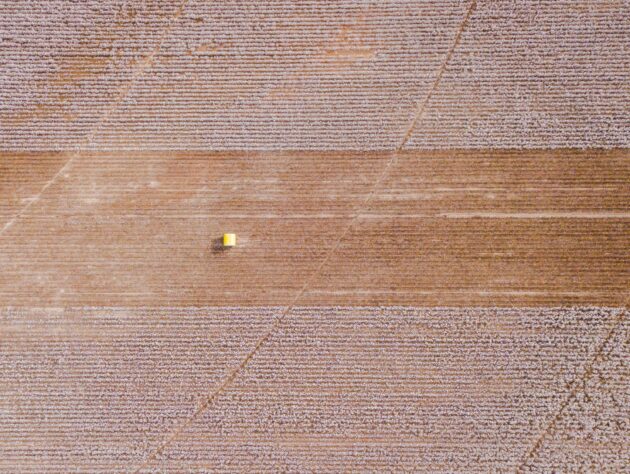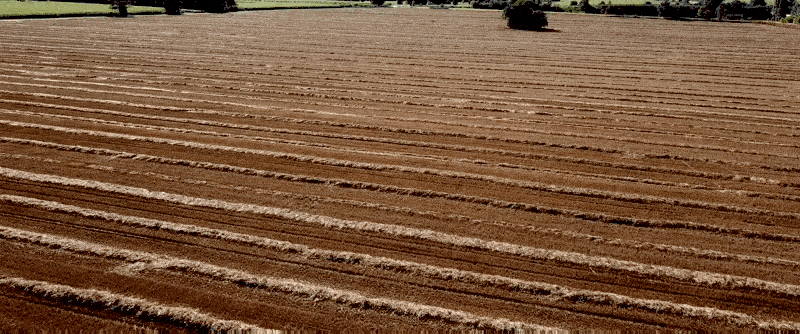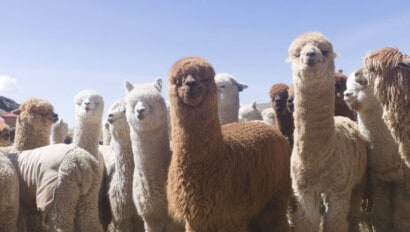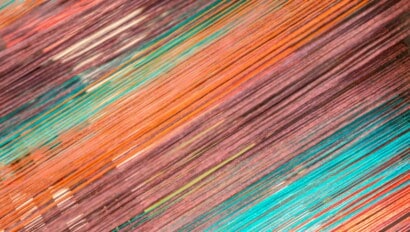Climate action starts at the source of the materials we choose
ABOUT
We’re driving meaningful change right from the start of the supply chain.
Most of the materials used for fashion, textile, and apparel today come from farms, forests, or fossil fuels. Textile Exchange exists to ensure the industry treats these resources with respect.

WHAT WE DO
Our purpose is to build a global fiber and materials production model that positively impacts our planet
At the heart of our strategy is the goal of helping the fashion, textile, and apparel industry to reduce the greenhouse gas emissions that come from fiber and raw materials production by 45% by 2030. We call it Climate+.


Soil
Soil puts food on our plates, purifies the water, and is the beginning of all material production. We’re striving to keep it healthy.


Biodiversity
Like food and the air we breathe, material production depends on healthy ecosystems which need a wide variety of animals, plants, and microorganisms. That’s why we’re supporting biodiversity.


Water
The basis of life as we know it, water, needs to be treated as the precious resource it is. We work to make sure it is used responsibly and put back safely into our systems.
Learn the Basics
Understand materials and standards
Explore fibers and materials
We help the industry to understand some of the common sustainability challenges that come with producing popular fibers and raw materials. Then, we work with stakeholders all along the supply chain to find ways to overcome them at scale.
Explore sustainability standards
We’ve developed a set of robust standards to give the industry a way to authenticate their sustainability claims from raw material to final product. They fill the gaps in existing guidelines and verification tools, and we regularly adapt and upgrade them to meet evolving needs.
INSIGHTS
See industry progress in materials sourcing
We can’t be confident of reaching our Climate+ goal if don’t track our progress. That’s why we’re pulling together the numbers that help us pinpoint where change has been made so far and orientate our actions on where we need to go next.


